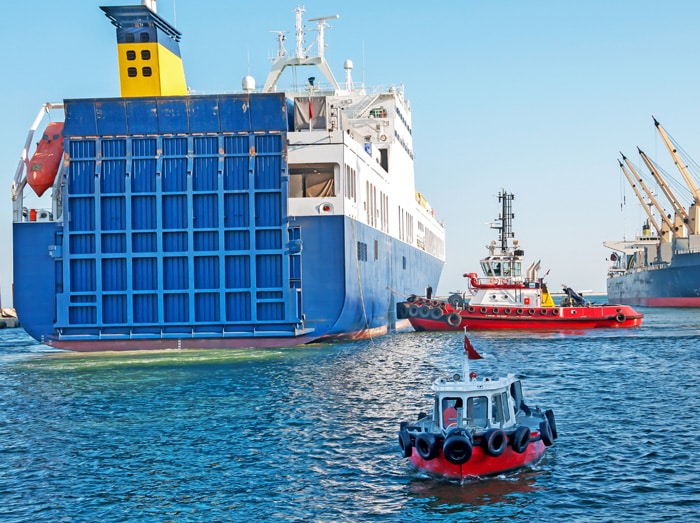
Op-Ed: Ports risk being left on the wrong side of the great sustainability divide
Written by Heather Ervin
By David Yeo, Founder and CEO of Innovez One
Smart, green ports are vital enablers for decarbonization and will be the ones best placed to benefit from new growth opportunities, says David Yeo, CEO of Innovez One.
Early movers on decarbonization are attracting the attention of clean energy and green shipping projects, as well as supply chain heavyweights looking to reduce their first and last mile emissions. These ports are already pushing ahead of the competition, and those that hesitate risk being left on the wrong side of what is rapidly becoming a great sustainability divide.
Unfortunately, many ports still don’t see sustainability as an immediate priority. Some may be aware of the importance to act but are unsure of what tangible steps forward to take. They may be thinking that issues related to efficiency and congestion are more urgent. What these ports fail to realize is that measures to improve efficiency, tackle congestion, and improve sustainability all go hand in hand.
And addressing these challenges also has a common starting point: data.
A digital foundation to sustainability
Digitalization is the foundation of the decarbonized and efficient ports of the future. Data-driven solutions are key to enable ports to optimize their operations, which helps reduce idle times and emissions from visiting ships, as well as fuel consumption and emissions from their own fleets of tug, towage and pilotage services.
This is because where manual processes, spreadsheets and whiteboards fall short, AI-powered algorithms can solve complex scheduling puzzles, calculate optimal resource allocation, and instantly update schedules when a vessel’s ETA changes. The impact is immediate and significant: for example, the implementation of Innovez One’s MarineM AI-powered scheduling system at the Indonesian port of Tanjung Priok, the 22nd busiest port in the world, reduced the overall distance travelled during tug and pilot operations by 20%. It continues to save the port US$155,000 in fuel costs annually. Not only has the port seen tangible benefits in reduced congestion, but the system has also had a payback time of just six months.
Digitalization will also help ports in some of the pivotal strategic decisions that they must take to achieve sustainability. Granular data on operations will provide the vital insights that these ports need to make the best possible decisions on critical investments in new infrastructure or the technology that will be needed to compete in an increasingly decarbonized world. This will enable these ports to stay ahead of the curve, as shipping’s energy transition brings new roles for ports as hubs for the production and supply of clean energy.
Being on the right side of the sustainability divide
The divide between ports who embrace sustainability and those who don’t is increasingly going to create two classes of ports going forward.
Early movers on decarbonization will be rewarded with significant business opportunities. For example, the offshore wind market is booming in the United States and the United Kingdom, and there is a potentially big market for the provision of shore power to service vessels.
There are also opportunities for forward-thinking ports to embed themselves into the new supply chains that are emerging for fuels such as ammonia and hydrogen and for the transport of carbon dioxide as part of carbon capture and storage value chains.
Smart ports will also play a key role in enabling “just in time” arrivals, which can curb the emissions of visiting ships by 14% on a per voyage basis, according to a recent study by the International Maritime Organization (IMO).
These are opportunities that ports taking meaningful steps towards decarbonization and digitalization will be able to seize. Those that fail to make this vital transition risk falling behind and being unable to deliver efficiency and sustainability to the level that will be expected by their customers, regulators, and investors, in the very near future.




